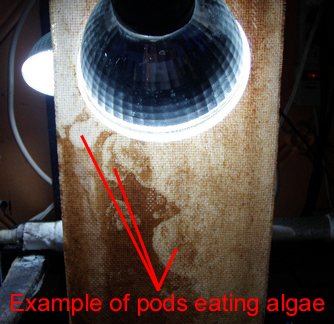SantaMonica
Reefing newb
Update: N and P are invisible:
It's important to know/remember that Inorganic Nitrate and Inorganic Phosphate, which is what your test kits read, and which are also what causes the nuisance algae to grow in your tank, are invisible. You can see the results of the nitrate and phosphate; it's the nuisance algae. But you cannot see the nitrate and phosphate itself. This fact causes the most problems when people see a lot of stuff (food) that their skimmers have removed, but wonder why their nuisance algae is not being removed (skimmers don't remove Inorganic Nitrate and Inorganic Phosphate), and also when their phosphate tests zero, but they still have algae on certain parts of the rocks (the invisible phosphate is coming out of the rocks.)
It's important to know/remember that Inorganic Nitrate and Inorganic Phosphate, which is what your test kits read, and which are also what causes the nuisance algae to grow in your tank, are invisible. You can see the results of the nitrate and phosphate; it's the nuisance algae. But you cannot see the nitrate and phosphate itself. This fact causes the most problems when people see a lot of stuff (food) that their skimmers have removed, but wonder why their nuisance algae is not being removed (skimmers don't remove Inorganic Nitrate and Inorganic Phosphate), and also when their phosphate tests zero, but they still have algae on certain parts of the rocks (the invisible phosphate is coming out of the rocks.)

